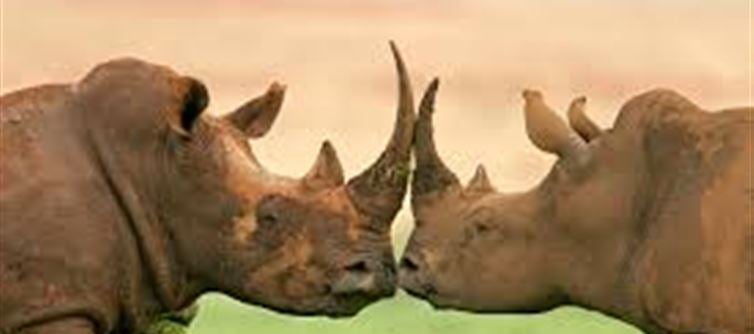
Every year, September 22 is celebrated as World Rhino Day, a global initiative to spread awareness about the conservation of one of Earth’s most iconic creatures — the rhinoceros. Here’s everything you need to know, presented as a quick and engaging guide:
1. World Rhino Day – A Global Call to Action
World Rhino Day is observed annually on September 22 to shine a spotlight on rhino conservation. The day is marked by wildlife campaigns, school programs, awareness drives, and fundraisers across the globe.
2. When It Was First Celebrated
This special day was first celebrated in 2010, initiated by WWF-South Africa. What started as a small conservation effort soon became a worldwide movement, uniting wildlife organizations, zoos, and activists to save rhinos from extinction.
3. Why Rhinos Need Our Attention
Rhinos face severe threats from poaching, habitat loss, and illegal wildlife trade, especially for their horns. World Rhino Day helps bring attention to these issues and encourages stronger anti-poaching measures and community-based conservation.
4. Five Incredible Species of Rhinos Around the World
There are five species of rhinos surviving today, each with unique features and habitats:
- White Rhino – The largest species, found in Africa.
- Black Rhino – Smaller but more aggressive, also native to Africa.
- Indian Rhino (Greater One-Horned) – Found in india and Nepal, famous for its single horn and armored appearance.
- Javan Rhino – Critically endangered, with fewer than 80 individuals, mostly in Indonesia’s Ujung Kulon National Park.
- Sumatran Rhino – The smallest and most ancient species, also critically endangered, found in Sumatra and Borneo.
5. A Day to Celebrate and Conserve
World Rhino Day is not just about awareness but also celebration. It reminds us of the majestic beauty and ecological importance of rhinos and urges governments, NGOs, and individuals to take part in their protection.
6. How You Can Be a Part of the Movement
Support rhino conservation by donating to trusted wildlife NGOs, spreading awareness on social media, or even visiting rhino sanctuaries responsibly. Small efforts can make a big difference in saving these gentle giants.
Disclaimer:
The views and opinions expressed in this article are those of the author and do not necessarily reflect the official policy or position of any agency, organization, employer, or company. All information provided is for general informational purposes only. While every effort has been made to ensure accuracy, we make no representations or warranties of any kind, express or implied, about the completeness, reliability, or suitability of the information contained herein. Readers are advised to verify facts and seek professional advice where necessary. Any reliance placed on such information is strictly at the reader’s own risk..jpg)




 click and follow Indiaherald WhatsApp channel
click and follow Indiaherald WhatsApp channel